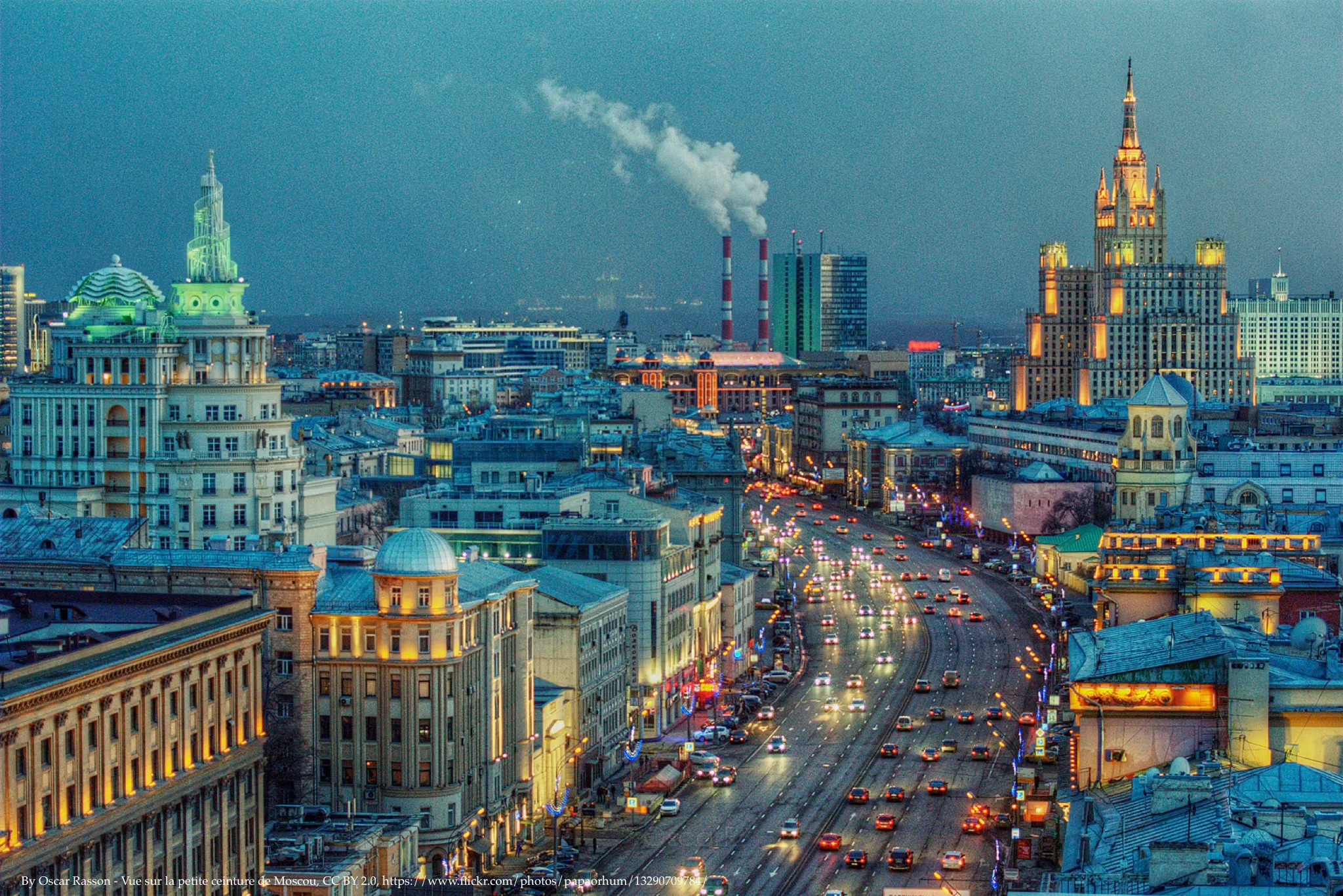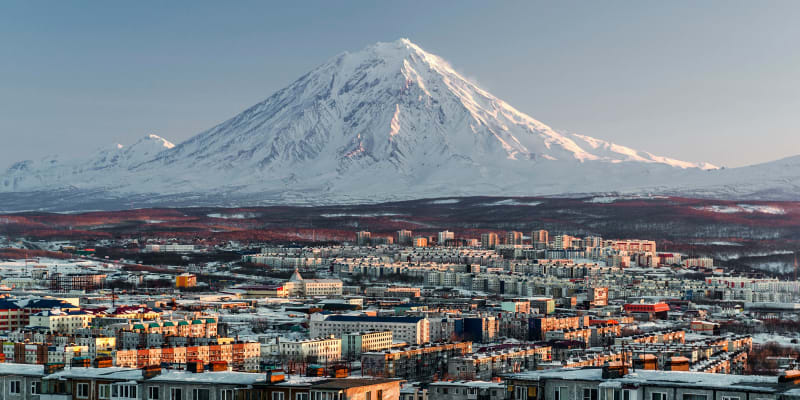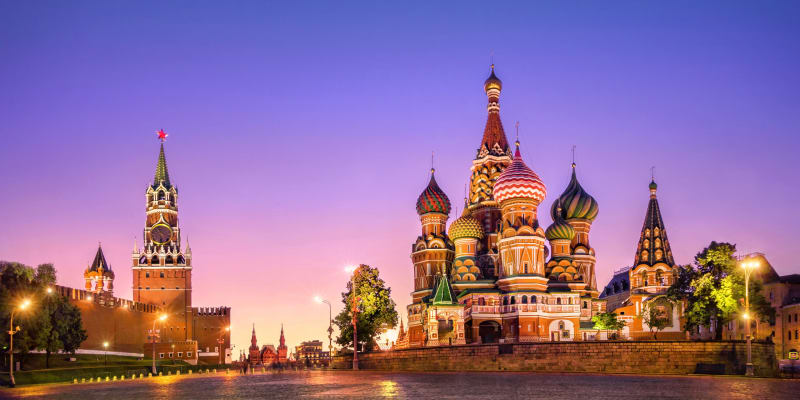St Basil’s Cathedral: St. Basil's Cathedral is a well-liked tourist attraction these days and the centerpiece of Moscow's famous Red Square. It is currently housed at the State History Museum and has some fascinating medieval artwork within. The last burial location of Saint Basil is also visible to visitors. There is a platform outside St. Basil's Cathedral where the tsar used to announce general orders and executions.
The Kremlin: As the center of Russian political power, the Kremlin is a famous representation of the country's statehood. This enormous triangular complex, which covers an area of around 28 hectares and is characterized by colorful domes and luxurious buildings, has several exquisite palaces, multiple churches, armories, and a medieval stronghold. There are many amazing places available to tourists to the Kremlin. Cathedral Square is home to several of these, such as the Cathedral of the Assumption. This is where many of the major religious figures in Russia are buried.
Lenin’s Mausoleum: The last resting place of Vladimir Lenin, one of Russia's most well-known and brutal presidents, is Lenin's Mausoleum. Red Square in Moscow is bordered by Lenin's Mausoleum.
Following his stroke death on January 22, 1924, Lenin's body was quickly embalmed. Lenin's mummified body was placed in Red Square tomb, which was first constructed as a timber structure and then converted into a more permanent edifice. Lenin's mausoleum is a well-liked tourist destination even if there are rumors that his real body has been replaced with a fake one.
Stalingrad Battlefield: One of the biggest and bloodiest battles of the Second World War took place at the Stalingrad Battlefield. The most significant of the standoffs between Germany and the USSR occurred during the Battle of Stalingrad, which took place between July 1942 and February 1943. It is widely believed to have been the turning point in the war.



































